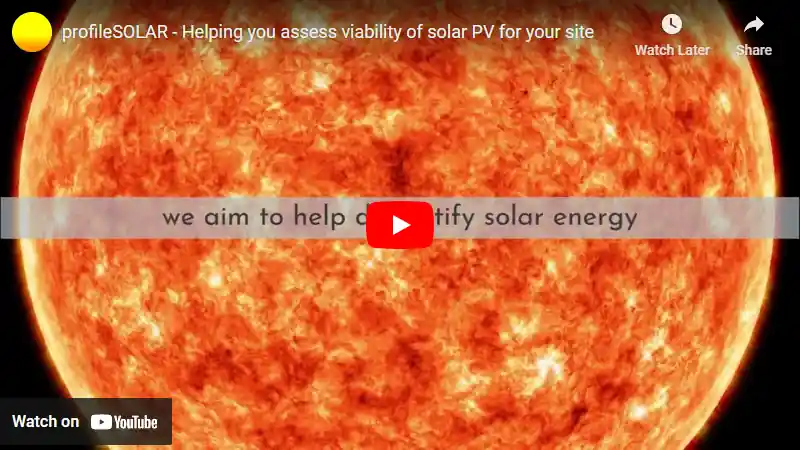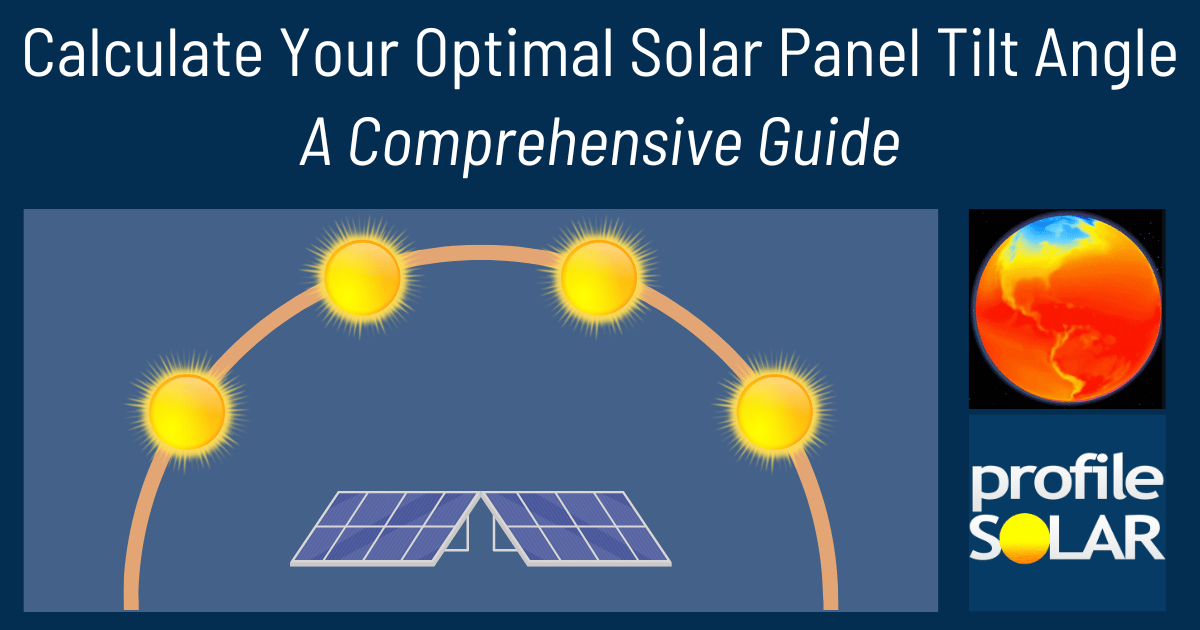

Baton Rouge, Louisiana is a pretty good spot for generating solar energy all year round. In simple terms, if you install a solar panel system here, you can expect to generate different amounts of electricity depending on the time of year.
In summer, for every kilowatt (kW) of solar panels installed, you could produce about 6.24 kilowatt-hours (kWh) of electricity each day. This amount drops slightly in autumn to about 4.69 kWh/day and further in winter to 3.19 kWh/day due to shorter daylight hours and less intense sunlight. However, it picks up again in spring with around 5.45 kWh/day.
The best times for generating solar energy at this location are during the longer daylight hours in summer and spring because more sunlight means more power generated.
When installing your panels at this location, it's ideal to tilt them at an angle facing south by 27 degrees from horizontal level - this allows them to capture the most sunlight over the course of a year.
However there are some local factors that could potentially reduce your solar production here:
- Weather: Baton Rouge has a subtropical climate with high humidity and frequent cloud cover which can limit sun exposure on some days.
- Topography: The city is relatively flat but if your specific location has nearby buildings or trees that cast shadows on your panels during parts of the day then that would reduce their output.
- Environmental: Hurricane season brings heavy storms which not only reduce sun exposure but could also damage unprotected panels.
To mitigate these challenges:
- Choose an installation site with minimal shading throughout the day.
- Install durable mounting systems designed to withstand local wind speeds.
- Consider using microinverters or power optimizers which can improve performance when part of a panel is shaded.
- Regularly clean and maintain your panels especially after severe weather events.
Overall though Baton Rouge's long sunny days make it well suited for solar power generation.
Note: The Northern Sub Tropics extend from 23.5° latitude North up to 35° latitude.
So far, we have conducted calculations to evaluate the solar photovoltaic (PV) potential in 906 locations across the United States. This analysis provides insights into each city/location's potential for harnessing solar energy through PV installations.
Link: Solar PV potential in the United States by location
Become the exclusive sponsor for Baton Rouge, United States!
Solar output per kW of installed solar PV by season in Baton Rouge
Seasonal solar PV output for Latitude: 30.3807, Longitude: -91.1637 (Baton Rouge, United States), based on our analysis of 8760 hourly intervals of solar and meteorological data (one whole year) retrieved for that set of coordinates/location from NASA POWER (The Prediction of Worldwide Energy Resources) API:




Ideally tilt fixed solar panels 27° South in Baton Rouge, United States
To maximize your solar PV system's energy output in Baton Rouge, United States (Lat/Long 30.3807, -91.1637) throughout the year, you should tilt your panels at an angle of 27° South for fixed panel installations.
As the Earth revolves around the Sun each year, the maximum angle of elevation of the Sun varies by +/- 23.45 degrees from its equinox elevation angle for a particular latitude. Finding the exact optimal angle to maximise solar PV production throughout the year can be challenging, but with careful consideration of historical solar energy and meteorological data for a certain location, it can be done precisely.
We use our own calculation, which incorporates NASA solar and meteorological data for the exact Lat/Long coordinates, to determine the ideal tilt angle of a solar panel that will yield maximum annual solar output. We calculate the optimal angle for each day of the year, taking into account its contribution to the yearly total PV potential at that specific location.

Seasonally adjusted solar panel tilt angles for Baton Rouge, United States
If you can adjust the tilt angle of your solar PV panels, please refer to the seasonal tilt angles below for optimal solar energy production in Baton Rouge, United States. As mentioned earlier, for fixed-panel solar PV installations, it is optimal to maintain a 27° South tilt angle throughout the year.
| Overall Best Summer Angle | Overall Best Autumn Angle | Overall Best Winter Angle | Overall Best Spring Angle |
|---|---|---|---|
| 14° South in Summer | 36° South in Autumn | 46° South in Winter | 23° South in Spring |
Our recommendations take into account more than just latitude and Earth's position in its elliptical orbit around the Sun. We also incorporate historical solar and meteorological data from NASA's Prediction of Worldwide Energy Resources (POWER) API to assign a weight to each ideal angle for each day based on its historical contribution to overall solar PV potential during a specific season.
This approach allows us to provide much more accurate recommendations than relying solely on latitude, as it considers unique weather conditions in different locations sharing the same latitude worldwide.
Topography for solar PV around Baton Rouge, United States
Baton Rouge, the capital city of Louisiana, is located along the banks of the Mississippi River. The topography of Baton Rouge is relatively flat and low-lying with elevations ranging from sea level to about 56 feet (17 meters). The region has a mixture of grasslands, forests, and wetlands. It's located in a deltaic plain formed by alluvial deposits from the Mississippi River.
The flat topography and ample sunlight make Baton Rouge suitable for large-scale solar PV installations. However, due to its location in a hurricane-prone area, solar installations would need to be designed to withstand high wind loads.
Areas nearby that could be most suited for large-scale solar PV include:
1. Unused agricultural lands: These open spaces are ideal as they provide unobstructed access to sunlight.
2. Industrial zones: These areas often have unused land or rooftops that can be utilized for solar installations.
3. Brownfield sites: These are previously developed lands that may have been contaminated but are now idle or underused; these can be revitalized through renewable energy projects like solar farms.
However, it's crucial to consider potential environmental impacts before installing large-scale solar farms in these areas—especially on wetlands which serve as habitats for various species and play an essential role in water purification and flood control.
As always with such projects, feasibility studies including local weather patterns (cloud cover frequency), land availability/costs/usage restrictions etc., would need to be conducted first before making any decisions on suitability.
United States solar PV Stats as a country
United States ranks 2nd in the world for cumulative solar PV capacity, with 95,209 total MW's of solar PV installed. This means that 3.40% of United States's total energy as a country comes from solar PV (that's 26th in the world). Each year United States is generating 289 Watts from solar PV per capita (United States ranks 15th in the world for solar PV Watts generated per capita). [source]
Are there incentives for businesses to install solar in United States?
Yes, there are several incentives for businesses wanting to install solar energy in the United States. These include federal tax credits, state and local rebates, net metering policies, and renewable energy certificates (RECs). Additionally, many states have enacted legislation that requires utilities to purchase a certain amount of electricity from renewable sources such as solar.
Do you have more up to date information than this on incentives towards solar PV projects in United States? Please reach out to us and help us keep this information current. Thanks!
Feeling generous?

Share this with your friends!


Compare this location to others worldwide for solar PV potential
The solar PV analyses available on our website, including this one, are offered as a free service to the global community. Our aim is to provide education and aid informed decision-making regarding solar PV installations.
However, please note that these analyses are general guidance and may not meet specific project requirements. For in-depth, tailored forecasts and analysis crucial for feasibility studies or when pursuing maximum ROI from your solar projects, feel free to contact us; we offer comprehensive consulting services expressly for this purpose.
Helping you assess viability of solar PV for your site
Calculate Your Optimal Solar Panel Tilt Angle: A Comprehensive Guide
Enhance your solar panel's performance with our in-depth guide. Determine the best tilt angle using hard data, debunk common misunderstandings, and gain insight into how your specific location affects solar energy production.






